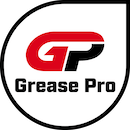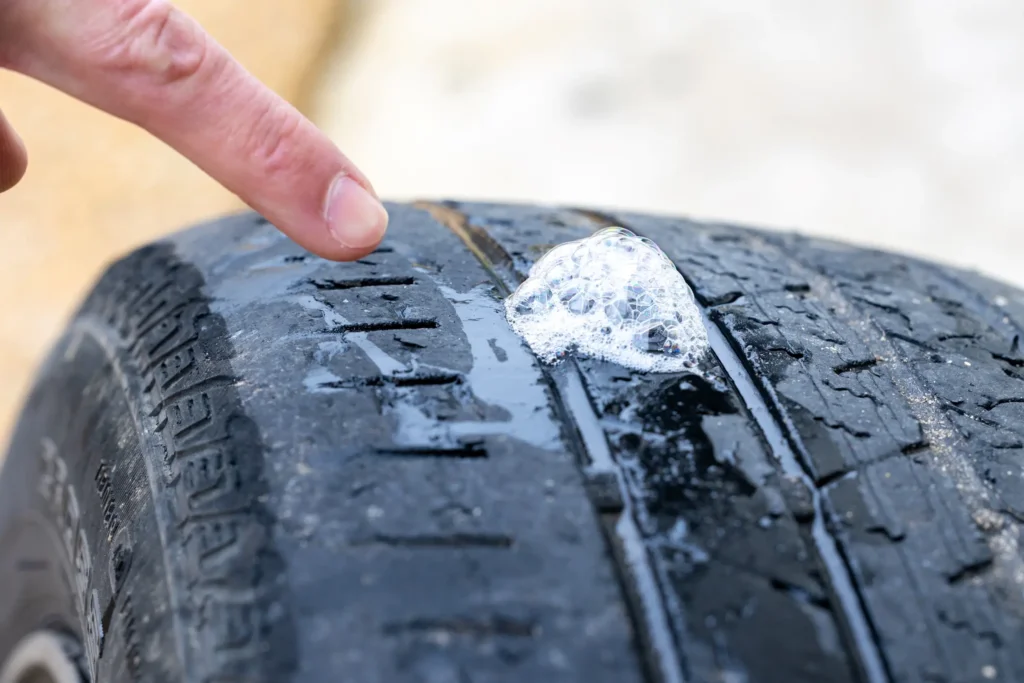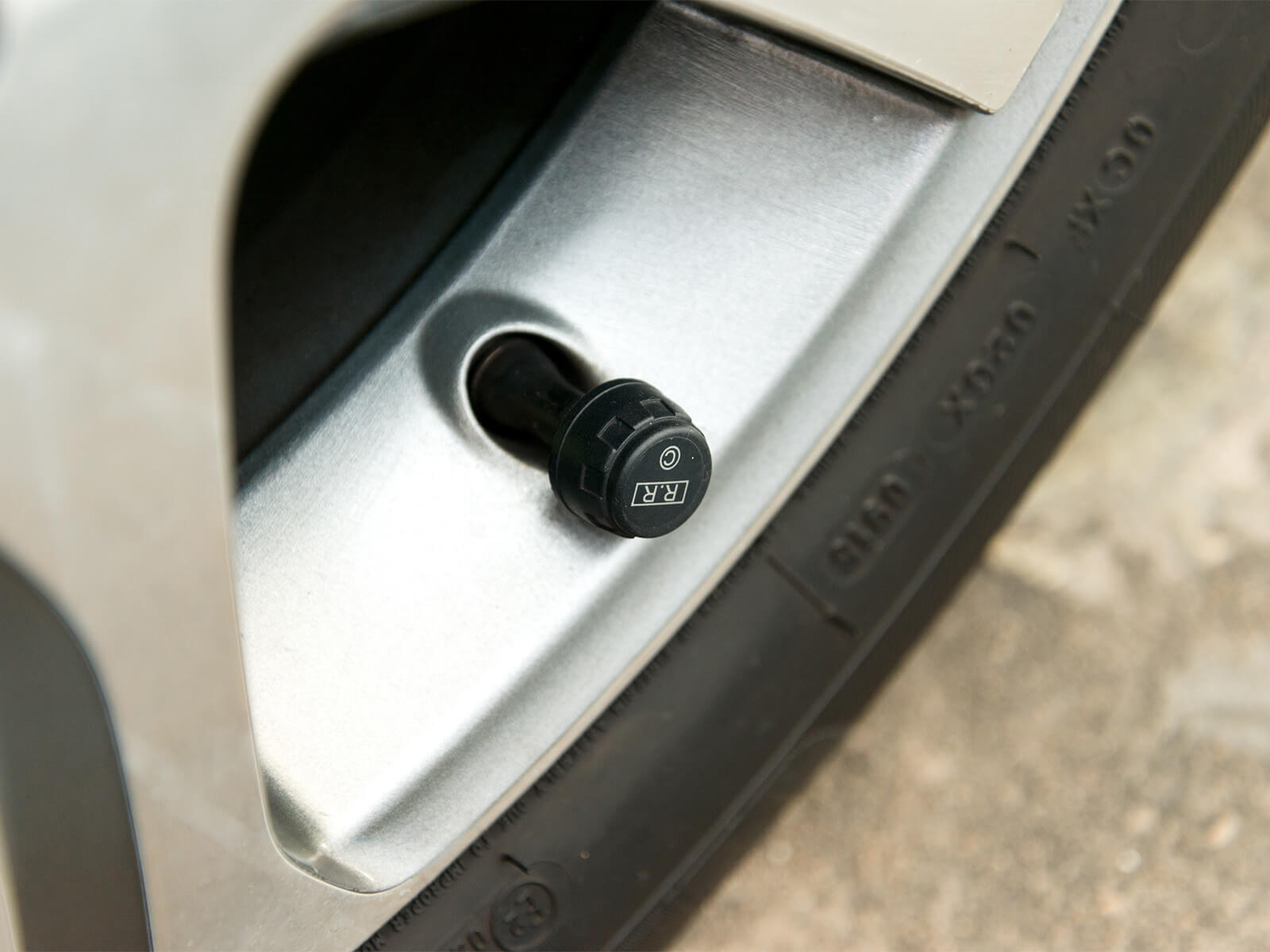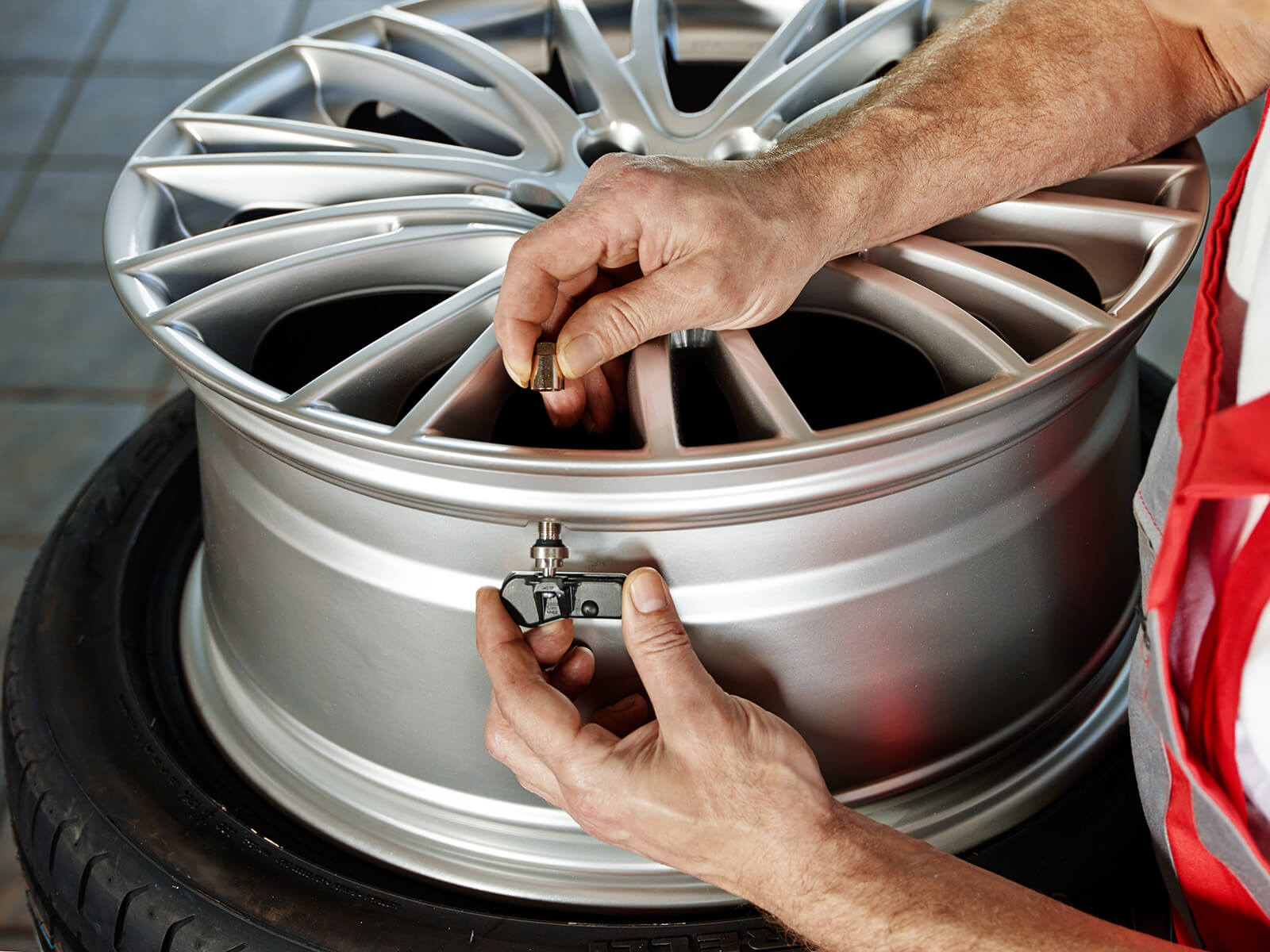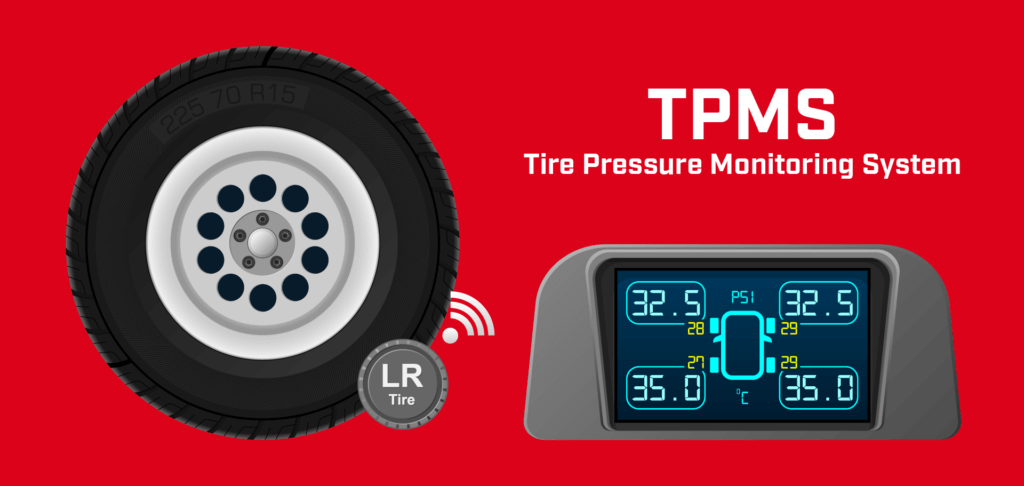Have you ever glanced at the side of your tire and wondered what all those numbers and letters mean? You’re not alone! Those markings might look like a random jumble of numbers, but they’re actually packed with useful information about your tire’s size, performance, and capabilities. Understanding these tire numbers can help you choose the right tire for your car, monitor tire health, and ensure your safety on the road. In this post, we’ll break it down in plain terms, so you’ll feel confident the next time you need to check or replace your tires.
Where to Find the Numbers (Tire Sidewall Basics)
The tire numbers are located on the sidewall of your tire—the outer part of the tire that faces you when you’re looking from the side—and this is where you’ll find all the important information. When you look at your tire, you’ll see a code like this:
P215/65R15 95H
This code includes details like the tire’s size, load capacity, and performance specifications. Let’s break it down next, so you can understand exactly what each part means.
Tire Size Breakdown: What the Numbers Mean
Let’s use that example: P215/65R15 95H
Here’s what each part means:
- P – This stands for Passenger tire. It tells you that this tire is meant for passenger vehicles, such as cars and minivans.
- 215 – This is the width of the tire in millimeters, or the first number in tire size. In this case, the tire is 215 mm wide from sidewall to sidewall.
- 65 – This is the aspect ratio, or the middle number on the tire. It tells you the height of the sidewall as a percentage of the tire’s width. So, a 65 means the sidewall height is 65% of the width (in this case, 215 mm).
- R – This stands for Radial construction. It means that the tire’s internal layers run radially from the center outwards, which is the most common construction type for modern tires.
- 15 – This is the rim diameter, or the size of the wheel that the tire fits on, measured in inches. In this example, the tire fits a 15-inch rim.
- 95 – This is the load index. It shows the maximum weight the tire can carry safely. A higher number means a higher load capacity.
- H – This is the speed rating. It tells you the maximum speed the tire can handle safely. An “H” rating means the tire is rated for speeds up to 130 mph.
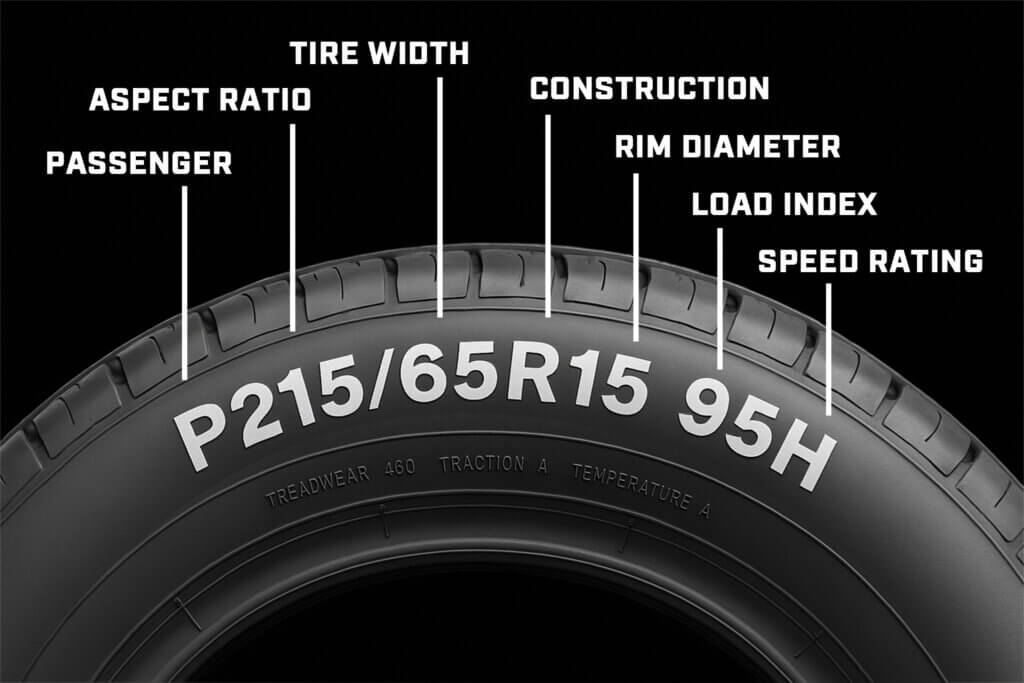
What If Your Tire Code Looks Different?
While many tire codes follow a similar format, there are a few common variations you might see:
- No “P” at the beginning:
Some tires skip the letter. No “P” simply means the tire wasn’t specially designated for Passenger use, but it’s still common on many vehicles. - “LT” instead of “P”:
“LT” stands for Light Truck. These tires are designed for heavier vehicles like pickups, SUVs, and vans. They have higher load ratings. - Different speed ratings:
Instead of “H,” you might see letters like “T,” “V,” or “W.” Each letter corresponds to a maximum speed rating. (Example: “T” = 118 mph, “V” = 149 mph.) - No “R” for Radial:
Almost all modern tires are Radial (R), but some old or specialty tires might show “D” (for Diagonal/Bias Ply). “R” is still the overwhelming standard today. - Truck Tire Codes:
Some heavy-duty truck tires might use slightly different markings, especially commercial truck tires (they sometimes show the load range with letters like “E” for 10-ply rating).
What Else Is on the Tire? (Codes & Extra Info)
Besides the tire size, you’ll often see other important information stamped into the sidewall. Here’s what some of those codes mean:
- DOT Date Code:
This shows when the tire was manufactured. It’s usually a 4-digit number following “DOT”—the first two digits are the week, and the last two are the year.
(Example: 2519 means the 25th week of 2019.)
Knowing your tire’s age is important because even tires with good tread can become unsafe after about 6–10 years. - Max PSI:
This indicates the maximum air pressure the tire can safely handle, measured in pounds per square inch (PSI).
Always inflate your tires according to your car manufacturer’s recommendation, not necessarily the max PSI, to balance performance and safety. - Temperature and Traction Ratings:
These ratings show how the tire performs under different conditions:- Traction Rating (AA, A, B, C):
Tells you how well the tire can stop on wet roads.- AA = Best wet traction
- A = Excellent
- B = Good
- C = Acceptable, but lower performance
- Temperature Rating (A, B, C):
Shows how well the tire resists heat buildup at high speeds.- A = Best heat resistance
- B = Moderate heat resistance
- C = Basic heat resistance (typically for lower-speed tires)
- Traction Rating (AA, A, B, C):
- Tire Position Number:
Some tires, especially when installed by manufacturers, may have a number or mark to suggest a preferred position (like left front, right rear, etc.).
Not all tires have this, but it’s useful when rotating tires or replacing a single tire.
When Should You Double-Check with a Pro?
Even if you feel comfortable reading your tire numbers, there are times when checking with a professional is a smart move.
Here’s when it’s a good idea to get a second opinion:
- When you’re switching tires for seasonal reasons:
While in Florida most drivers stick with all-season tires year-round, if you’re traveling to colder climates or moving between summer and winter tires elsewhere, it’s important to make sure you have the right type for your driving conditions. - When you’re driving an AWD (All-Wheel Drive) vehicle:
AWD systems depend on all four tires being the same size and type. A mismatch—even slightly—can strain the drivetrain and lead to expensive repairs. - When you’re replacing just one tire:
Matching tread depth, size, and performance is important to keep your car handling safely. One wrong tire can throw off the balance. - If you’re unsure which tire fits your vehicle best:
Between load ratings, speed ratings, and tire types, it’s not always obvious. A pro can make sure you’re choosing the safest, most reliable option for your specific make and model.
At Grease Pro, we’re here to help you check your tire size, explain any codes you’re unsure about, and match you with the right tires for your vehicle.
We’ll make sure they’re installed safely and correctly—no appointment needed!
Feel More Confident About Your Tires
Understanding tire numbers might seem complicated at first, but once you know what to look for, it’s much easier.
A little knowledge goes a long way toward keeping your vehicle in good shape and making smarter choices when it’s time for new tires.
If you ever need help checking your tire size, finding the right replacement, or just understanding what’s on your sidewall, Grease Pro is here for you.
Stop by any of our locations in Panama City, Lynn Haven, Panama City Beach, or Chipley—no appointment necessary.
We’ll make sure you leave confident and road-ready.For more info on tire services, visit our Tire Services Page.
